Description
Introduction of Corrosion Probe
Role of EMT Corrosion Probe in Industry
The EMT corrosion probe is an important tool in the monitoring process. It is designed to detect and measure corrosion rates, providing a practical solution for industries that need to keep a close eye on the health of infrastructure. Using the resistance measurement principle, the probe can provide accurate, real-time corrosion rate data, providing valuable support for the decision making process. EMT corrosion probe is a key instrument for corrosion monitoring. It provides reliable, real-time data that enables the industry to better manage its infrastructure and equipment, ultimately contributing to safer and more efficient operations.
EMT corrosion probes are an important part of asset management strategies in various industries. In fields such as oil processing, natural gas, chemical production and water treatment, the use of such probes contributes to the overall safety of daily maintenance and operations. By providing accurate corrosion rate measurements, it can help the industry make informed decisions about asset maintenance, thereby improving operational efficiency.
The Importance of Corrosion Monitoring
Monitoring corrosion is an essential task in many industries. This process involves observing and measuring the rate at which the material degrades due to corrosion. This task is critical because it helps identify weak links in infrastructure and equipment before they cause failures. By detecting corrosion early, preventive maintenance can be performed, extending the life of these assets and reducing costs associated with unexpected failures and replacements.
The industrial world relies heavily on the integrity and durability of its infrastructure and equipment. However, these elements are constantly threatened by a natural process called corrosion, which is the deterioration that occurs when a material (usually a metal) reacts with its environment. The consequences of uncontrolled corrosion can be severe and cause significant damage to these critical assets.
Understanding Corrosion
Understanding Corrosion
Corrosion is a natural process that is the direct result of the gradual degradation of a material as it reacts with its surroundings. This phenomenon is usually associated with metals, although it can affect other materials as well. The most recognizable form of corrosion is rust, which occurs when iron or its alloys, such as steel, are exposed to oxygen and moisture for long periods of time.
What is corrosion, and why does it matter?
Corrosion is a chemical or electrochemical reaction that occurs when a material (usually a metal) reacts with its environment and begins to break down or change its properties. The speed and severity of the corrosion process can be affected by a number of factors, including the type of material, environmental conditions, and the presence of certain chemicals.
The significance of corrosion goes beyond the visible degradation or discoloration of the material. At the microscopic level, corrosion can alter the structural integrity of materials, making them weaker over time. This is particularly concerning for industries that rely on the strength and durability of materials to maintain safe and efficient operations.
The Impact of Corrosion on Infrastructure and Equipment
The impact of corrosion on infrastructure and equipment is profound. Over time, corrosion can lead to severe structural damage and operational inefficiencies. For example, corroded pipes can leak, leading to the loss of valuable resources and potential environmental hazards. Similarly, corroded structures can weaken and break, posing significant safety risks.
Moreover, the financial costs associated with corrosion are considerable. Industry must invest in regular maintenance, replacement and, in some cases, a complete overhaul of infrastructure to mitigate the effects of corrosion. These costs can have a significant impact on an organization’s bottom line.
Accessories of the Corrosion Monitoring System
Corrosion probe: This is the main component of the corrosion monitoring system. It is designed to detect and measure corrosion rates in pipes and equipment. It does this by measuring the change in resistance of the sensitive element during corrosion.
Probe adapter: This accessory is used to connect corrosion probes to the system. It ensures that probes are properly aligned and securely connected, facilitating accurate and reliable data collection.
Portable data logger: This is a handheld device used to collect and store data from corrosion monitoring systems. It is usually equipped with Bluetooth technology, which allows it to receive data from the system wirelessly. This data can then be analyzed to monitor corrosion rates.
Wireless transmitter: This component is responsible for wirelessly transmitting data from the corrosion probe to the portable data logger. It is designed as a sealed, explosion-proof construction, making it suitable for use in challenging industrial environments.
Base: The base is a part of the system, usually welded to the pipe or equipment being monitored. It is the basis for installing corrosion probes and other components of the system.
Plug assembly: Used to connect corrosion probes to the base. It has a seal to ensure a tight fit, which is essential for accurate corrosion monitoring.
Protective cover: This accessory is used to protect corrosion probes and other components of the system from damage. This is particularly important in harsh industrial environments where systems may be exposed to physical shocks or corrosive substances.
Meter connector: This component is used to connect the various components of the corrosion monitoring system together. It facilitates data transmission between corrosion probes, wireless transmitters and portable data loggers.
Key position: This is not a physical component, but a design feature of the various parts of the system. It refers to the specific alignment required when wiring components together. Alignment according to key positions ensures proper system operation and accurate corrosion measurement.
Assembly of Corrosion Probe
First, a connection is established between the plug assembly and the probe. The white part of the plug assembly is sealed. The seal between the base and the plug assembly is located here. This is a reverse thread that needs to be screwed on in the opposite direction and tightened with a wrench. Next, insert the plug assembly into the base and tighten it. The base is usually welded to the pipe. The shield is then installed on the base. Secondly, the probe adapter has a notch, and the probe has a keyway. Insert the adapter and probe accordingly, tighten the threads, and at the same time tighten the nut at the top (the nut is tightened to prevent the adapter from rotating during use). Third, install the wireless transmitter and connect it to the power supply to ensure that it is not connected in the explosion-proof area. Connect the two white sockets together. After a few seconds, the green light will flash and then automatically turn off after a moment. After connecting the power supply, install the wireless transmitter shield and bring it to the site. Upon arrival, remove the red protective cap from the wireless transmitter plug. Connect the key position on the wireless transmitter to the key position on the adapter. Then install the connection nut and tighten it with a wrench. Finally, it is locked with screws, and the installation of the whole equipment is complete.
Working Principles of the EMT Corrosion Probe
Working Principles of the EMT Corrosion Probe
The working principle of the EMT corrosion probe is simple and effective. It takes advantage of the concept of resistance changes in the material, which occur due to the progressive nature of corrosion. The probe consists of a corrosion sensitive element whose resistance can be directly monitored over time. As corrosion occurs and the material degrades, the resistance value changes, providing a quantifiable measurement of the corrosion rate.
The Concept of Resistance Change
In the field of electricity, resistance is a measure of the degree to which a device or material resists an electric current. This is a fundamental concept in electrical engineering and is particularly important when discussing corrosion. This is because the corrosion process can significantly change the resistance of the material.
When a metal is corroded, its surface gradually degrades, causing its resistance to increase. This is because the corrosion layer acts as a barrier, blocking the flow of electricity. This change in resistance can be precisely measured and used as a direct indicator of the degree of corrosion experienced by the metal.
How Corrosion Influences Resistance
Corrosion, as a process of deterioration, erodes a material, usually creating a layer of rust or other corrosion products on the surface. This layer is generally less conductive than the original metal, thus increasing the overall resistance of the material to current.
As the corrosion process continues, the surface area of the metal decreases while the resistance increases. By monitoring these resistance changes, EMT corrosion probes can accurately assess corrosion rates in real time. For industries that need to understand the condition and longevity of infrastructure and assets, this data is invaluable and can inform timely maintenance and replacement decisions.
How to Calculate the Corrosion Rate?
By reducing the sample weight, you can calculate the corrosion rate using a straightforward ASTM formula:
![]()
V: Corrosion rate (μm/year)
M∆: Sample weight change (mg)
ρ: Alloy density (g/cm3)
S: Sample area exposed to the environment (cm2)
t: Duration of exposure (h)
K: Fixed coefficient (106*8.76، With units used for other terms)
Benefits of Using the EMT Corrosion Probe
Benefits of Using the EMT Corrosion Probe
The ability of EMT corrosion probes to accurately measure corrosion rates brings many benefits to industries that rely on infrastructure and equipment integrity. Let’s delve into some of these advantages.
Enhancing Safety Standards
One of the main benefits of using EMT corrosion probes is that it helps to improve safety standards. By providing real-time data on corrosion rates, the tool can help the industry identify potential weaknesses in infrastructure before it becomes critical. This early detection allows for timely maintenance or replacement of components, reducing the risk of equipment failures, accidents and related safety hazards.
Long-Term Cost Efficiency and Infrastructure Longevity
In addition to improving safety, EMT corrosion probes help increase cost efficiency and the service life of the infrastructure. By identifying areas of high corrosion, the industry can perform maintenance work more efficiently and avoid spending unnecessary money on parts that are still in good condition.
In addition, through timely intervention, probes help extend the service life of infrastructure and equipment. This not only saves the cost of premature replacement, but also reduces downtime due to unexpected equipment failure.
In addition, the probe’s precise real-time data can inform long-term asset management strategies. By understanding the rate and location of corrosion, the industry can better plan for the future and make informed decisions about infrastructure development, maintenance plans and budget allocations.


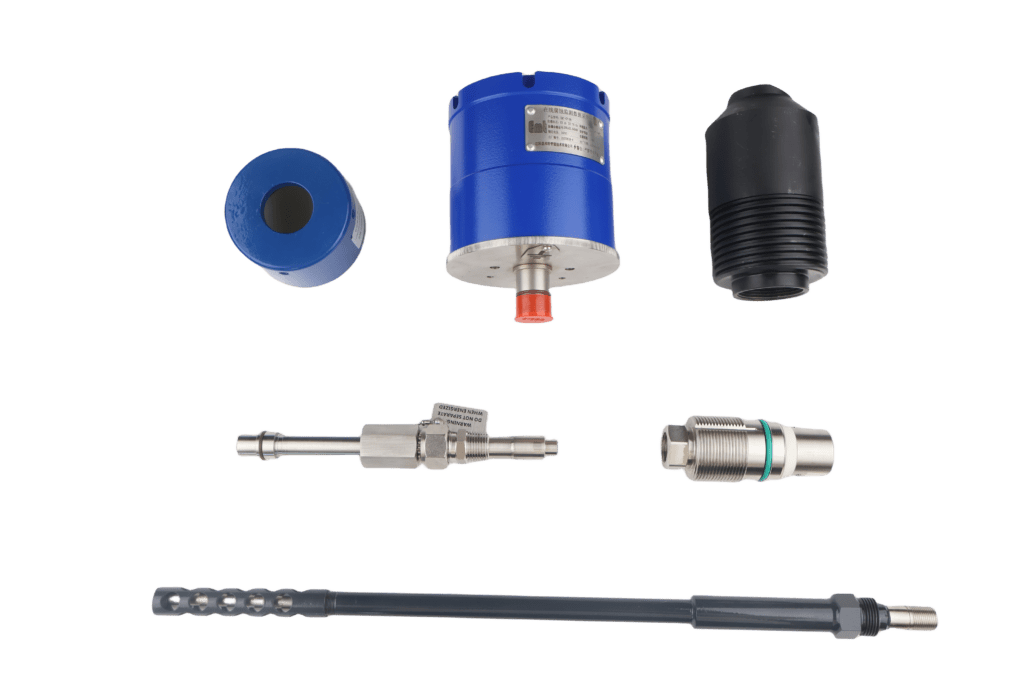
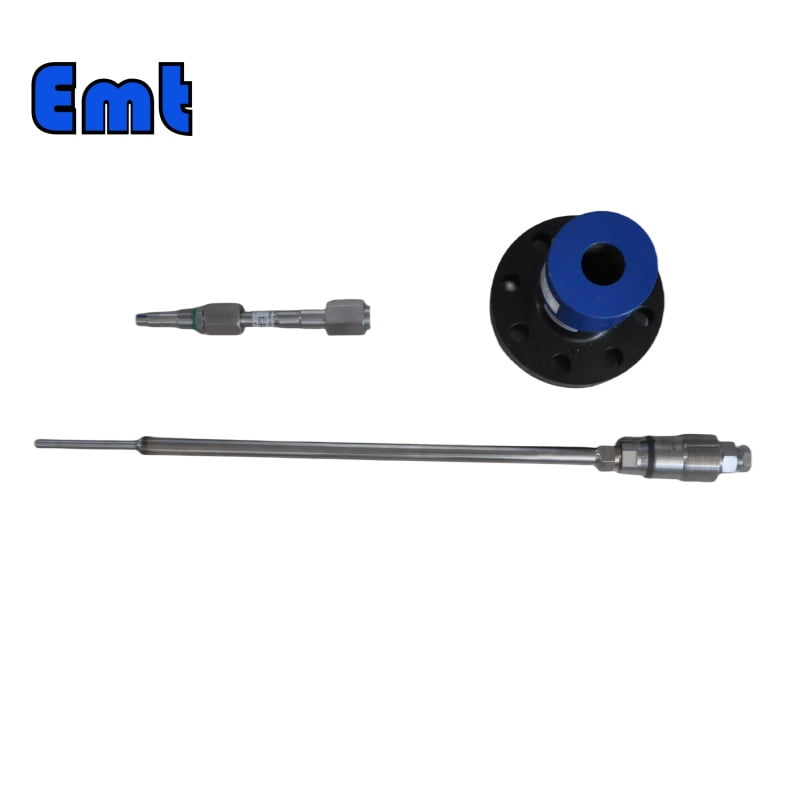
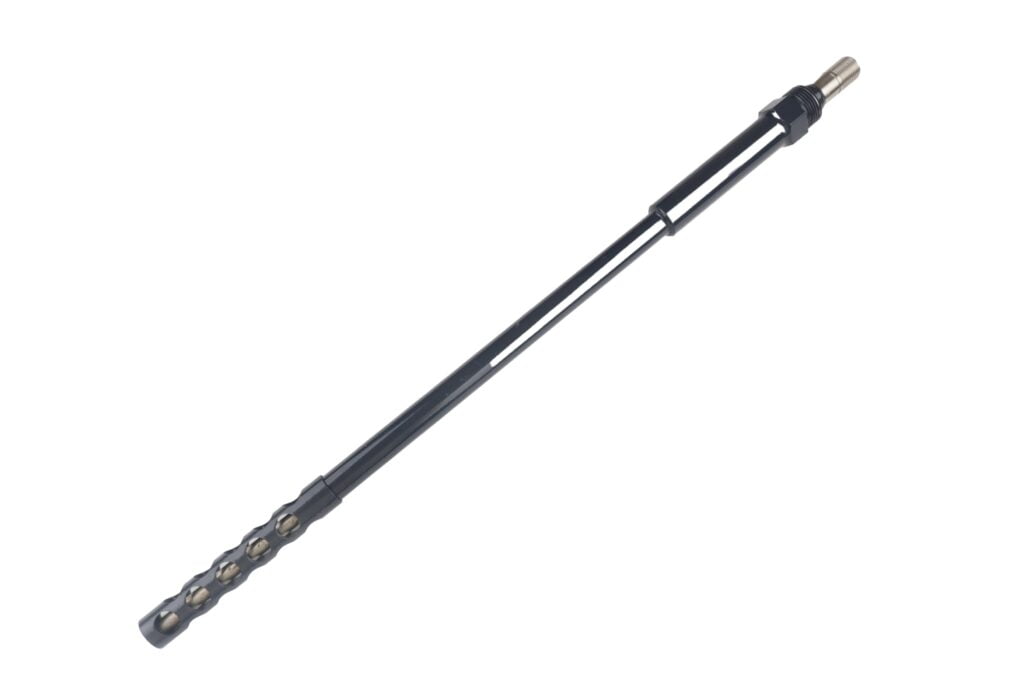
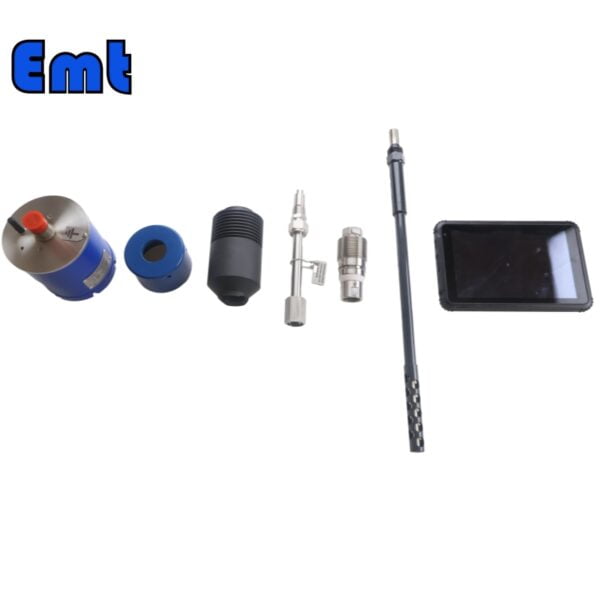
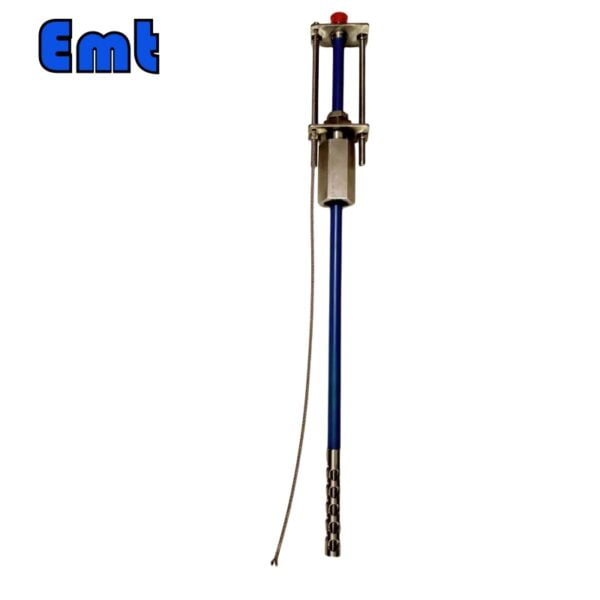
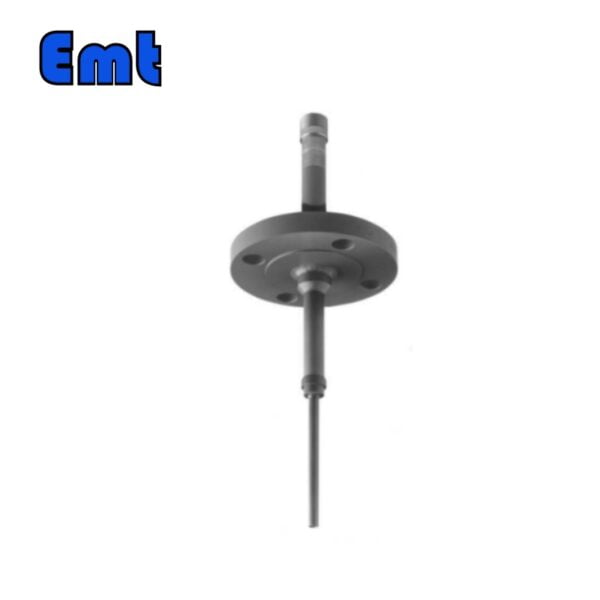
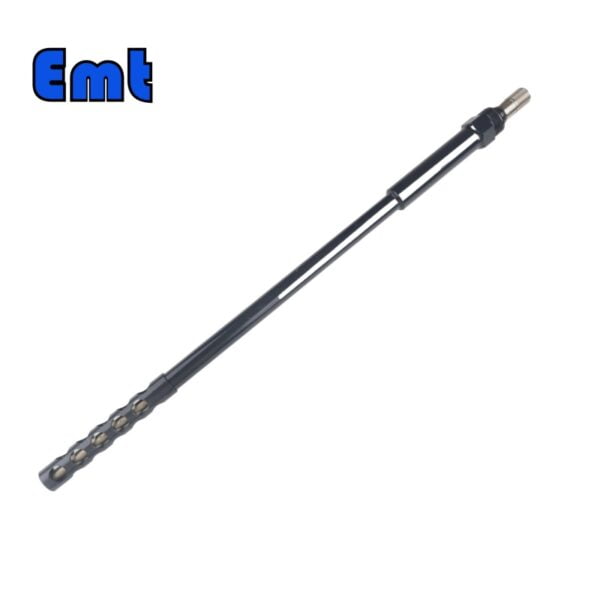
Reviews
There are no reviews yet.